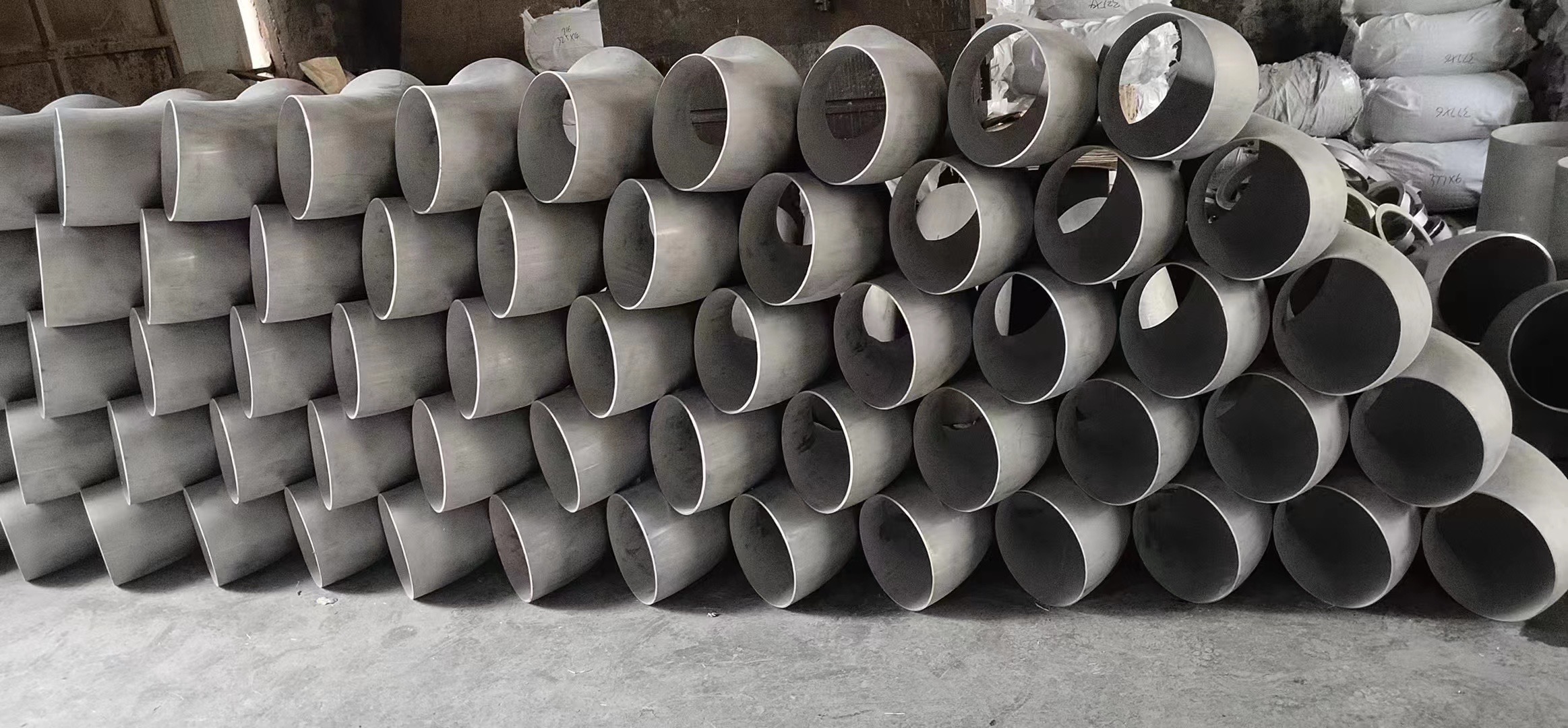Stainless steel elbows, with their chemical composition, can prevent surface rust and corrosion on the elbows for a long time. In a piping system, elbows are pipe fittings that change the direction of the pipeline. The most commonly used angles are 45°, 90°, and 180°, and there are also other unusual angles such as 60°, depending on the engineering requirements.
Elbows can be made of materials such as cast iron, malleable iron, carbon steel, non-ferrous metals, stainless steel, alloy steel, and plastics. The methods of pipe connection include electric fusion connection, direct welding (the most commonly used method), flange connection, threaded connection, heat fusion connection, socket connection, etc. Depending on the production process, elbows can be classified as welded elbows, cast elbows, pressed elbows, forged elbows, hot-pressed elbows, extruded elbows, clamped elbows, etc. Other names include 90° elbows, right-angle elbows, and so on.
The details about elbow
According to manufacturing standards, stainless steel elbows can be classified into American standard, IEC standard, German standard, ship standard, national standard, Japanese standard, water standard, Russian standard, etc.
In terms of production methods, stainless steel elbows can be divided into stamping, extrusion, forging, casting, etc.
90° stainless steel elbows are mainly used for the connection of pipe bends. They serve as one of the connecting joints for pipe installation, connecting two pipes with the same or different nominal diameters and rotating them by 90°.
Characteristics of stainless steel: Its most prominent advantage is corrosion resistance, making it essential for highly corrosive environments such as the chemical industry and paper industry, albeit at a higher cost. It boasts the best strength and toughness among all types of steel.
When using stainless steel elbows, pay attention to the following:
1.During installation, it can generally be installed at any position in the pipeline. However, it needs to be sealed to prevent flushing leaks and affecting the normal operation of the pipeline. Stainless steel elbows can be directly installed on the pipeline according to the connection method or usage position.
2.When using ball valves, globe valves, and gate valves with stainless steel elbows, they do not allow flow adjustment, so they can only be fully opened or closed.
3.Regular inspections should be conducted for the long-term preservation of stainless steel elbows. Store the elbows neatly in a ventilated and dry indoor location, and the exposed surfaces should be kept clean, with any dirt promptly removed. Stacking and outdoor storage are strictly prohibited. Always keep the stainless steel elbows dry and well-ventilated, maintaining their cleanliness and order, and store them according to the correct storage methods.

